Unlocking Nigeria's Financial Future: Overcoming Challenges and Seizing Opportunities in Last-Mile Expansion
Nigeria’s financial inclusion numbers look impressive on paper—64% of adults are now formally included, up from 57% in 2020. But beneath these headline figures lies a more complex reality that demands urgent attention from policymakers, financial service providers, and development partners.
Our latest comprehensive report, “Unlocking Nigeria’s Financial Future: Overcoming Challenges and Seizing Opportunities in Last-Mile Expansion,” reveals the stark disparities hiding behind national averages and provides actionable strategies to reach Nigeria’s most underserved populations.
The Numbers Don’t Tell the Whole Story
While celebrating Nigeria’s progress, we cannot ignore the 26 million adults who remain financially excluded—predominantly women, rural dwellers, and populations in Northern Nigeria. When you remove Lagos from the South West’s statistics, formal inclusion drops to 77%. Similarly, without Kaduna, the North West becomes Nigeria’s most excluded region with 51% of adults lacking access to formal financial services.
Five Critical Insights That Will Transform Your Approach
- Women Face Region-Specific Barriers
Unbanked women encounter distinct challenges depending on their location. While income irregularity affects 50%+ nationwide, Northern women struggle more with service costs and unemployment, while Southern women grapple with trust issues and geographic access challenges. This calls for tailored, not universal, solutions.
- The Agent Network Paradox
Financial service agents serve approximately 11 million Nigerians who don’t have traditional bank or mobile money accounts—60% of whom already possess National Identity Numbers (NIN). Yet these vital networks remain underutilized due to liquidity constraints, with 6 out of 10 agents running out of cash weekly.
- The North West Digital Paradox
The North West presents a fascinating contradiction: high mobile phone ownership (77.7%) and decent network coverage (~69.3%), yet the lowest digital financial services usage nationally (21.2%). This suggests that infrastructure alone cannot drive adoption—cultural, literacy, and awareness barriers must be addressed.
- Rural South East: The Forgotten Frontier
While much attention focuses on Northern exclusion, rural South East faces severe agent access challenges. Only 9% have access to agents within 5 minutes, and 13% must travel over 30 minutes—the highest long-distance rate among all rural zones.
- Smartphone Ownership Doesn’t Equal Digital Comfort
Despite 80% mobile phone ownership, only 40% of adults feel very comfortable using smartphone apps. Northern women are particularly disadvantaged, with just 17.9% owning smartphones compared to 42.8% of Southern men.
The Path Forward: Beyond Access to Relevance
The report reveals that reaching Nigeria’s last mile requires more than expanding access—it demands services that are trusted, usable, and embedded in local realities. Our research identifies specific, actionable strategies:
For Policymakers:
- Disaggregate financial inclusion targets by state and demographic segments
- Incentivize agent deployment in underserved regions through targeted policies
- Strengthen rural digital infrastructure, particularly in the North East and North West
For Financial Service Providers:
- Invest in women-led agent models, especially in Northern regions
- Develop bundled agent-led services that combine cash-in/cash-out with account opening and savings
- Create feature-phone-friendly tools for the 60% who rely on basic phones
For Development Partners:
- Support community-embedded agent networks in rural zones
- Fund region-specific diagnostics beyond national averages
- Anchor interventions in livelihood strategies, not just account ownership
Why This Matters Now
Nigeria’s financial inclusion journey stands at a critical juncture. With strategic investment in relevance, trust, and tailored delivery models, the country can unlock the full economic potential of its underserved communities. However, without targeted interventions addressing the specific barriers faced by different demographic and geographic segments, the digital divide will continue to mirror and reinforce existing inequalities.
The data shows us not just where the gaps are, but where targeted investments can drive the most inclusive impact. As Nigeria’s economy increasingly digitizes, ensuring no community is left behind isn’t just a moral imperative—it’s an economic necessity.
Download the Full Report
This blog post barely scratches the surface of our comprehensive analysis. The full report includes:
- Detailed state-by-state breakdowns revealing hidden pockets of exclusion and success
- Gender and rural-urban disaggregated data exposing specific barriers for different populations
- Agent network mapping showing exactly where infrastructure gaps exist
- Digital readiness assessments by region, gender, and device type
- Actionable investment frameworks for different stakeholder types
- Case studies of positive deviance and replicable models
- Policy recommendations with specific implementation pathways
The future of Nigeria’s financial inclusion lies not in celebrating averages, but in understanding and addressing the nuanced realities of those still excluded. The data is clear, the path is defined—now it’s time to act.


